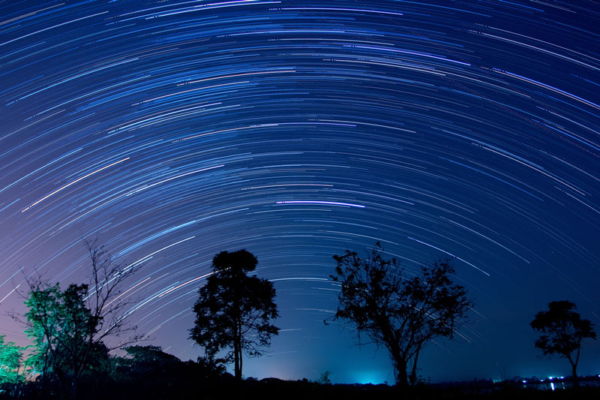California Park officials expect a wave of traffic peak at Joshua Tree National Park, located about a two-hour drive east of Los Angeles. Enthusiastic stargazers are getting ready to head to the California desert to admire the annual Perseid meteor shower, which is expected to peak from August 10th to 12th.
The National Park Service stated that the annual meteor shower attracted a large amount of traffic and thousands of visitors in 2023. Due to the proximity of Joshua Tree Park to big cities like Los Angeles, officials anticipate possible hours-long traffic delays this year.
According to the stargazing hotline at Joshua Tree, the area boasts the darkest night sky in Southern California. Park officials introduced the region as a designated dark sky area by the International Dark-Sky Association, an organization dedicated to reducing light pollution. This dark desert night sky makes Joshua Tree Park a prime location for observing meteor showers or auroras. The Northern Lights are a natural light phenomenon, usually seen in the far north, which briefly appeared in California in March this year.
Robert Lunsford from the American Meteor Society mentioned that the Perseid meteor shower originates from the yearly intersection of the comet and Earth’s orbit. He suggested that the best viewing location for meteor showers is “away from city lights because the more stars you can see, the more meteors you’ll see.”
According to the astronomical website EarthSky, the best time to watch the meteor shower in California this year is a few hours before dawn on August 12th. A representative from the organization informed Epoch Times that the waxing moon will set below the horizon after midnight on August 12th, meaning that from then until dawn, it will be a pitch-black night sky.
The stargazing hotline at Joshua Tree recommends ideal observation points at the park’s parking lots and roadside parking areas. EarthSky also suggests stargazers focus on the “radiant point” near the constellation of Perseus, where viewers may see up to 90 or more meteors per hour in that area of the sky.

